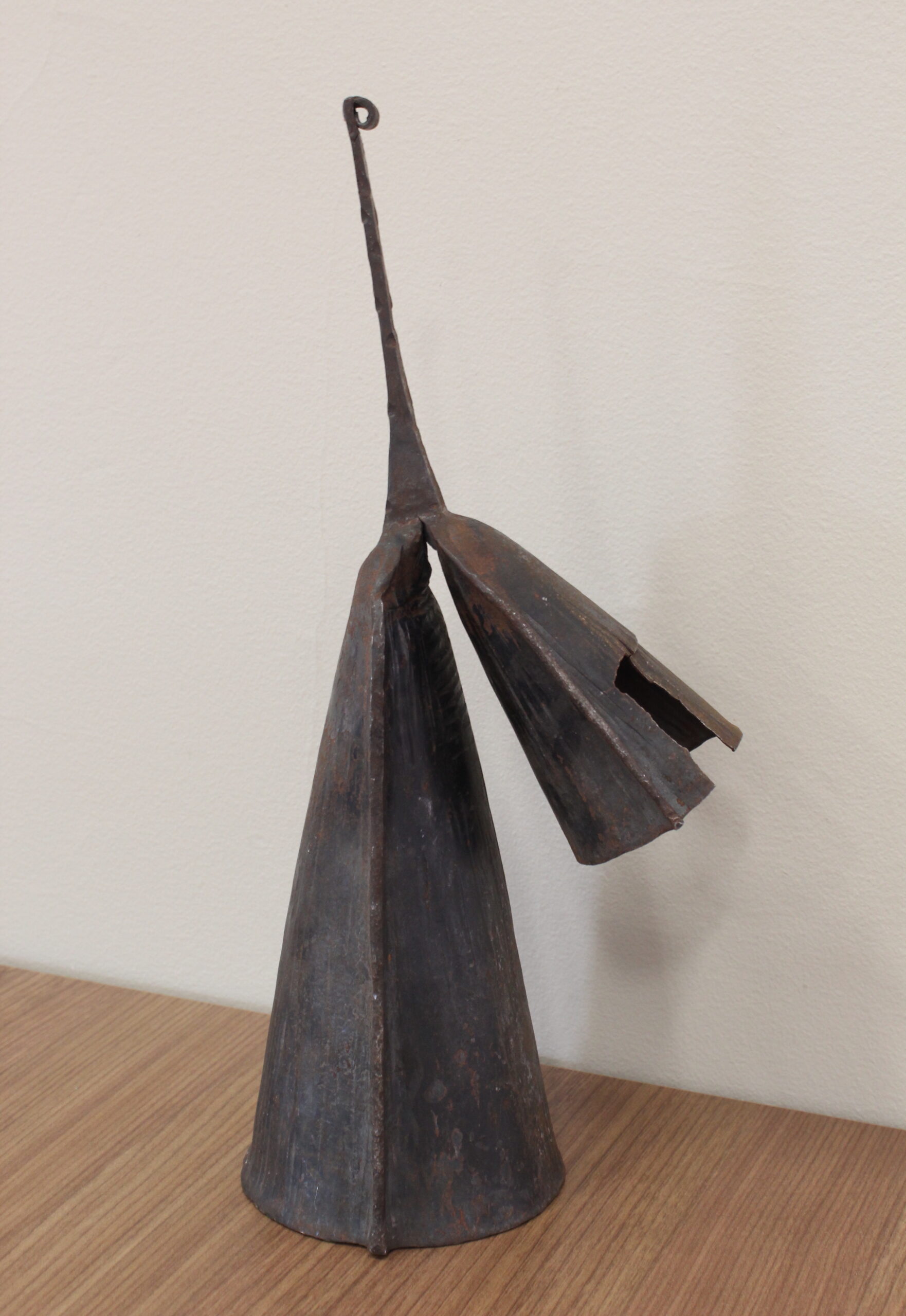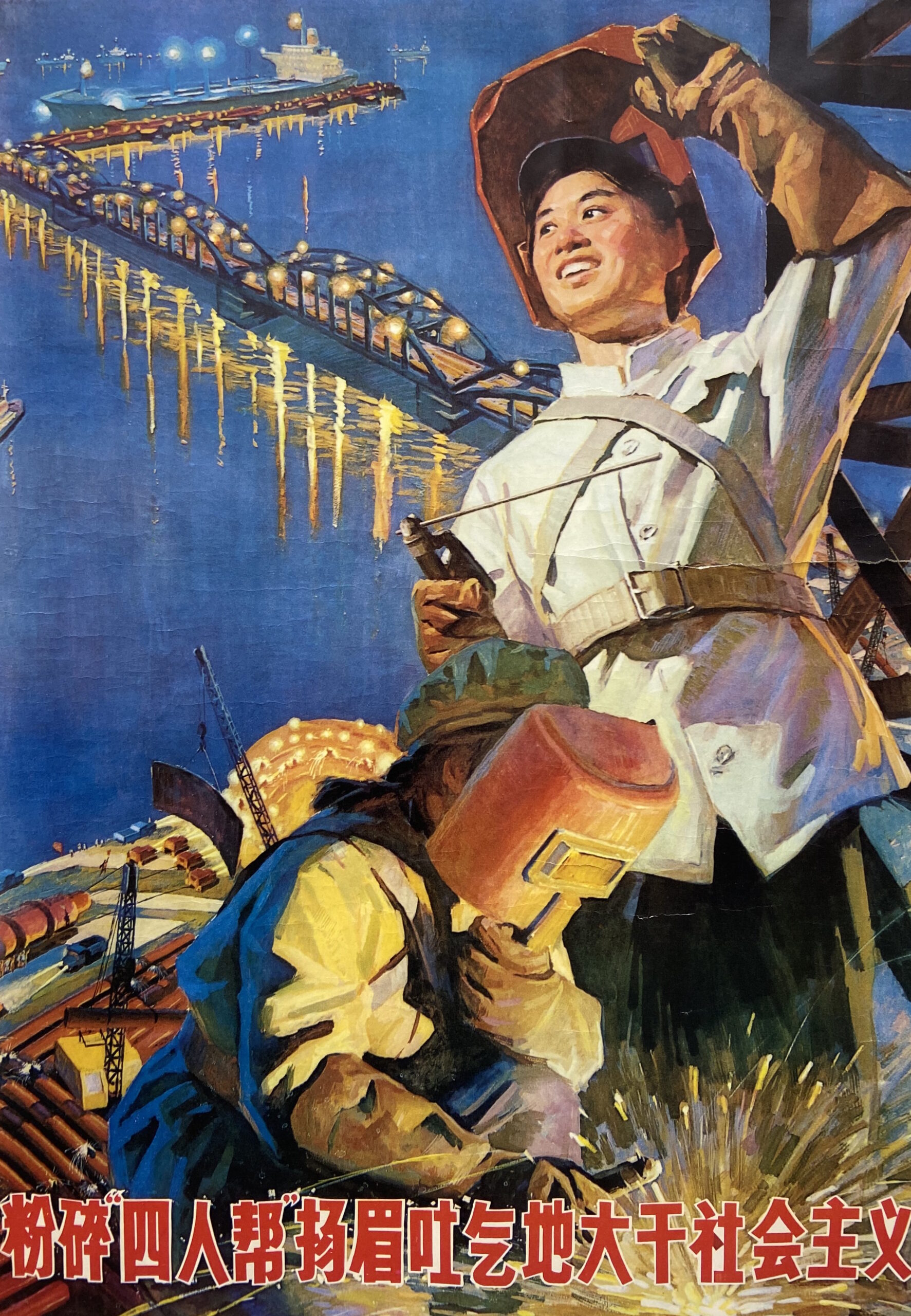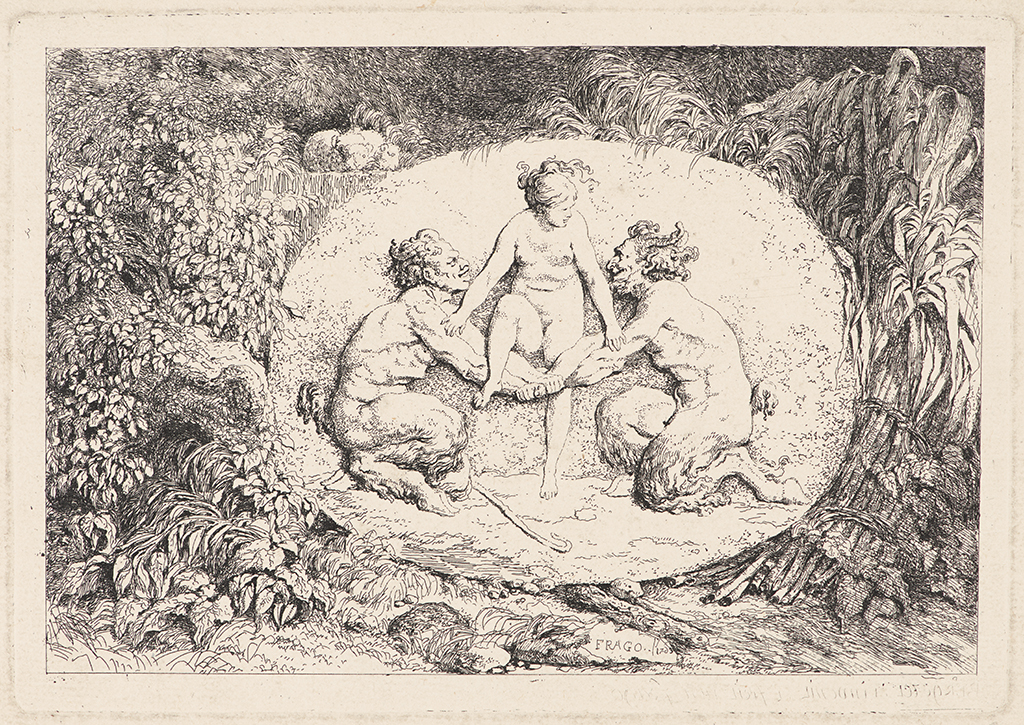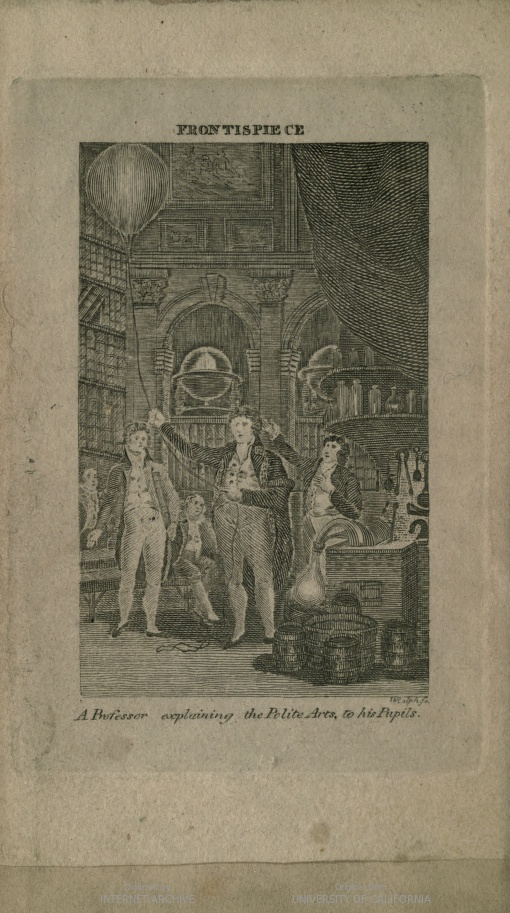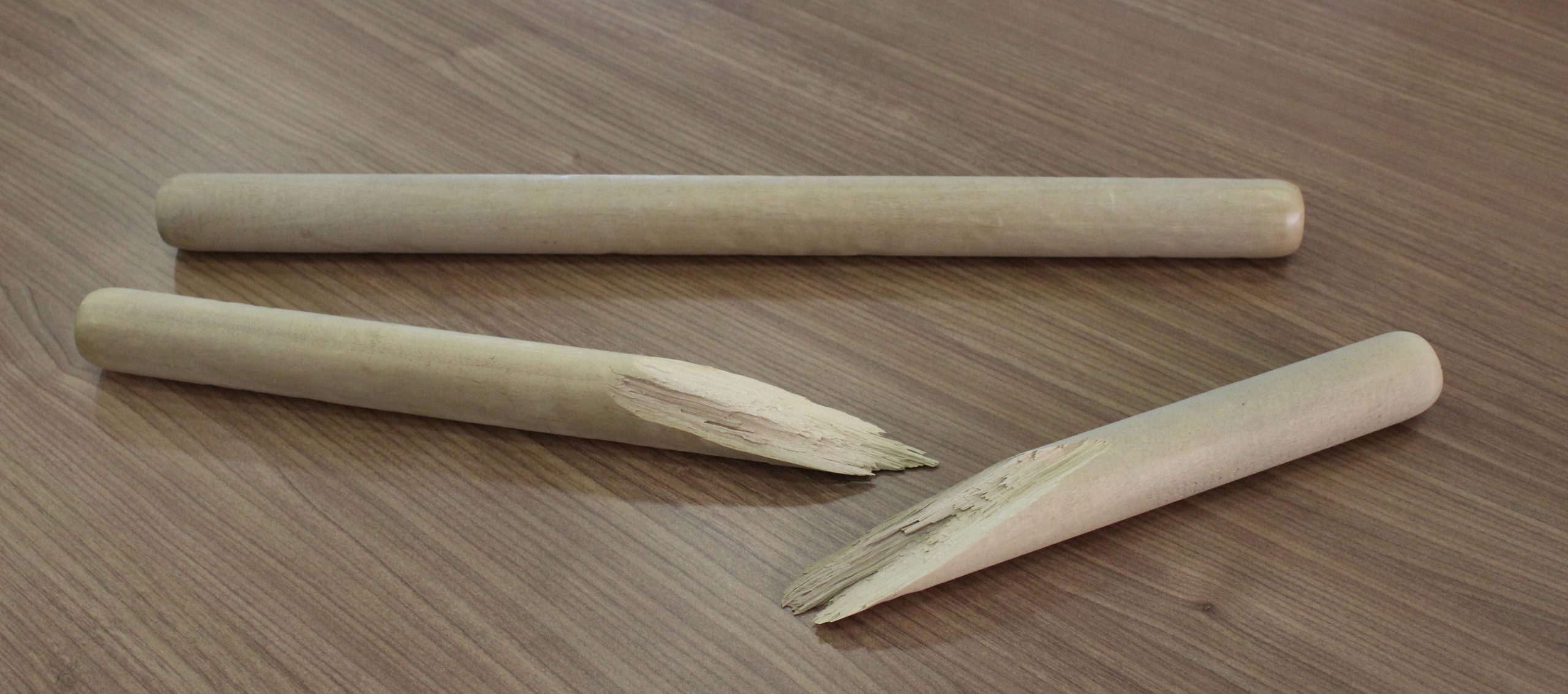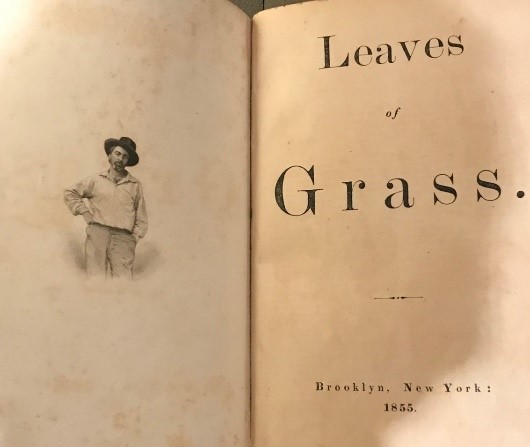Report on the library’s ongoing equity and justice work
In July 2020, Wesleyan Library formed five staff teams to examine how we could fight systemic racism and promote social justice in our organization and daily work, and contribute to a more equitable and just Wesleyan campus and global community. Below are highlights from the initiatives we’ve undertaken this past year and the next steps … Read more



